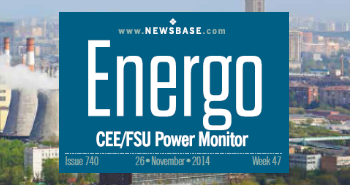Slovenia plans tough new energy and climate targets

Slovenia's Minister of Environment, Climate, and Energy Bojan Kumer presented on June 3 an updated draft of the National Energy and Climate Plan (NEPN), outlining more ambitious objectives aligned with EU targets.
The amended NEPN draft proposes higher targets for emissions reduction, renewable energy sources (RES), and energy efficiency by 2030.
Stressing Slovenia's commitment to environmental sustainability, Kumer highlighted the country's ambition to exceed EU-mandated goals. The plan aims to achieve at least a 55% reduction in total greenhouse gas (GHG) emissions by 2033 compared to 2005, primarily driven by transitioning away from coal, the ministry said in a statement.
Key targets include achieving a minimum 33% share of renewable energy sources in final energy consumption by 2030 and accelerating the deployment of RES infrastructure. Moreover, the NEPN underscores a commitment to enhancing energy efficiency, with a target to limit final energy consumption to 50.2 TWh by 2030 (an 11% increase in ambition compared to 2020), alongside measures to combat energy poverty.
Addressing concerns about energy security, the updated NEPN prioritizes enhancing Slovenia's domestic low-carbon energy production. The plan sets ambitious goals for electricity supply, aiming for at least 85% of electricity to be sourced from domestic facilities by 2030, and 100% by 2040.
The NEPN outlines two scenarios to achieve these objectives: one involving the construction of a new nuclear power plant alongside increased investments in renewables, and another focusing on intensified use of renewables until 2050.
Following public consultation, the draft will undergo comprehensive revision to incorporate feedback before final submission for approval by the Slovenian government and subsequent assessment by the European Commission.



Follow us online